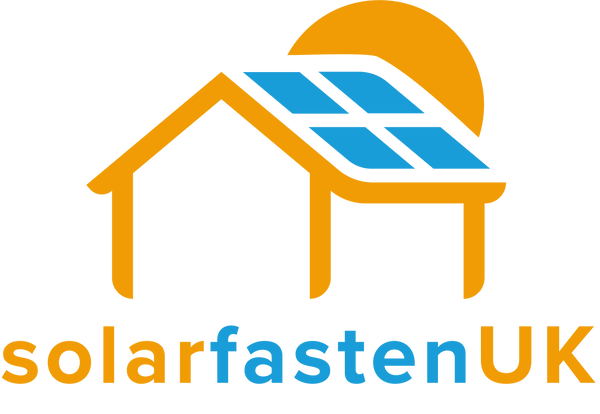
What Is The Best Solar Panel Mount For My Project?
Share
When it comes to setting up a solar panel system for your home or business, one crucial aspect to consider is the type of solar panel mount that best suits your project. The right mounting solution can impact the efficiency, cost-effectiveness, and longevity of your solar array. In this blog, we’ll explore various options, with a focus on roof mounts, to help you make an informed decision for your solar project.
Cost-Effective Solar Racking Solution: Fixed Roof Mounts
One of the most cost-effective ways to mount your solar panels is by using roof mounts. These mounts utilise your existing roof structure as a foundation for your solar panels, which not only saves many on racking materials but also reduces labour costs during installation. This cost-effective approach has made roof mounts a popular choice for many solar projects.
Roof Orientation and Tilt Angle for Solar Panels
Before you choose a solar panel mount, it’s essential to consider your roof’s orientation and tilt angle. The orientation of your roof plays a significant role in your solar panel system’s overall performance. In the northern hemisphere, a south-facing orientation is ideal, while in the southern hemisphere, due north is preferred. Northeast and northwest-facing roofs are also acceptable orientations, followed by east and west-facing ones. However, arrays facing due east or west may never achieve more than 85% performance due to reduced sun exposure.
Types of Mounting Systems for Roof-Top Solar Panels
Universal Mounts
Universal mounts are a common choice for small-to-medium-sized solar arrays. The installation process involves attaching brackets to your roof. For roofs with materials like tile, slate, or shingles, this may require cutting precise holes to allow the mounting brackets to protrude. On corrugated steel roofs, L feet are typically fixed to the roof with tapping screws, followed by the mounting rail, mid-clamps, and end clamps. Universal mounts offer a cost-effective and relatively straightforward installation process. Additionally, you can adjust the tilt angle of your array by raising the mounting rail higher on the roof, providing some flexibility in optimising panel performance.
Ground Mounts
In cases where roof mounting isn’t feasible due to roof condition, shading, or structural concerns, ground-mounted systems are an excellent alternative. These systems are installed on the ground, often using racks or poles to support the solar panels. Ground mounts allow for greater flexibility in panel orientation and tilt angle adjustments.
Tracking Mounts
For maximum energy production, tacking mounts are an advanced option. These mounts follow the sun’s path throughout the day, adjusting the panel’s angle and orientation for optimal sun exposure. While tracking mounts are highly efficient, they are also more complex and expensive than fixed mounts.
Choosing the best solar panel mount for your project involves assessing your roof’s orientation, considering your budget, and understanding the specific requirements of your solar array. Roof mounts, such as universal mounts and Fastensol, offer cost-effective solutions for many installations. However, it’s essential to consult with a solar professional to determine the most suitable mount for your unique project, ensuring you get the most out of your solar investment.
